Topics in Education
Should There Be Upheaval Over the Pledge of Allegiance in Arabic?

 Pine Bush High School in Pine Bush, New York made headlines recently for their celebration of National Foreign Language week. Inaugurated in 1957 by the Alpha Mu Gammar Honor Society to help make students aware of how vital foreign language study is, schools are free to choose various activities which expose students to foreign languages.
Pine Bush High School in Pine Bush, New York made headlines recently for their celebration of National Foreign Language week. Inaugurated in 1957 by the Alpha Mu Gammar Honor Society to help make students aware of how vital foreign language study is, schools are free to choose various activities which expose students to foreign languages.
Though Spanish and French are usually the main languages explored, Italian and German are sometimes included as well. However, as the U. S. melting pot expands its horizons, exposure to more languages seems appropriate.
Does ADHD Exist?

 Anyone who has been around children (and even some adults) and certainly those of us who have been in a classroom, have experienced someone diagnosed with ADHD. In fact, in the US today, 1 in 10 male children are being medicated for the disorder and one in eight children in school are now said to suffer from some sort of mental disorder! The New York Times recently reported that from 2008 to 2012 the number of adults taking medications for ADHD increased by 53% and that among young American adults, it nearly doubled.
Anyone who has been around children (and even some adults) and certainly those of us who have been in a classroom, have experienced someone diagnosed with ADHD. In fact, in the US today, 1 in 10 male children are being medicated for the disorder and one in eight children in school are now said to suffer from some sort of mental disorder! The New York Times recently reported that from 2008 to 2012 the number of adults taking medications for ADHD increased by 53% and that among young American adults, it nearly doubled.
Bringing Nature Inside – The Benefits of Biophilic Design to Schools Part 2

How to Incorporate Biophilic Design in the Classroom

There are three categories that serve as the foundation for biophilic design and the user experience:
- Nature in the Space
Incorporate living elements such as plants, water and animals in built environments. For example, in the classroom include potted plants, aquariums, water features, natural daylight and accessible views of nature from inside the classroom. These direct connections to nature, especially dynamic nature that incorporates movement, produce the strongest biophilic reactions.
- Natural Analogs
Design features that are reminiscent of aspects of nature. This is achieved by incorporating elements that represent nature without bringing in live elements. Examples include fabrics with organic patterns such as leaves, flowers, animals and seashells, photographs of natural scenes such as meadows, beaches or forests, natural materials such as wood, cork and stone and earth-tone color palettes (blues, greens and warm neutrals). Incorporating such representational design elements within the built environment still allows students to connect with nature in an indirect way also evoking positive effects.
Bringing the Bible Back to Public School-Part 3
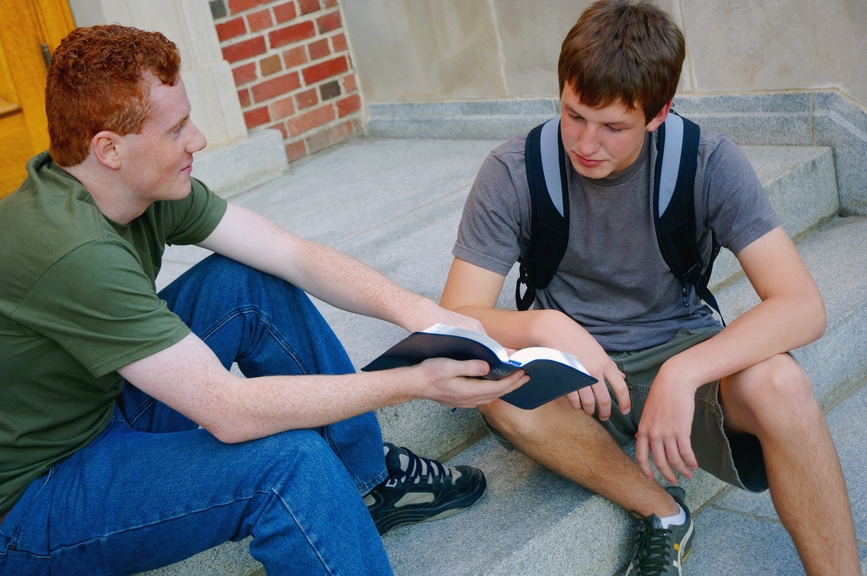
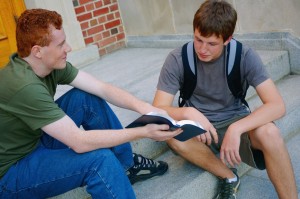 In our first blog about Bibles in public schools, we discussed the history of the concept of “separation of church and state” and the extreme differences in understanding where this idea comes from and how schools follow this edict. In our second blog on the subject, we asked: Can the Bible as literature be taught without affecting religious sensibilities? Can one truly present the Bible without imparting some of our own beliefs into the process?
In our first blog about Bibles in public schools, we discussed the history of the concept of “separation of church and state” and the extreme differences in understanding where this idea comes from and how schools follow this edict. In our second blog on the subject, we asked: Can the Bible as literature be taught without affecting religious sensibilities? Can one truly present the Bible without imparting some of our own beliefs into the process?
Now, we will explore how those who want the Bible in our public schools feel this issue should be handled.
Bringing the Bible Back in Public School-Part 2

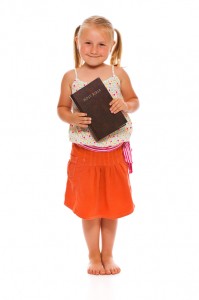 Last week, we discussed the history of the concept of “separation of church and state”. We noted extremely different degrees of religious tolerance in school systems. Some public schools consider the Bible as contraband while others are actually distributing them on school grounds.
Last week, we discussed the history of the concept of “separation of church and state”. We noted extremely different degrees of religious tolerance in school systems. Some public schools consider the Bible as contraband while others are actually distributing them on school grounds.
Similar to last week’s story about the Bartow County, Georgia school district being sued for allowing Bibles to be distributed in their schools, Orange County, Florida is now up against a similar fight.
Bringing the Bible Back in Public Schools-Part I

 The average citizen, school superintendant or teacher knows that in the United States of America there is something referred to as the “separation of church and state”. Where did this come from? What does it mean? And, how is it affecting us today?
The average citizen, school superintendant or teacher knows that in the United States of America there is something referred to as the “separation of church and state”. Where did this come from? What does it mean? And, how is it affecting us today?
The First Amendment in the Bill of Rights states: Congress shall make no law respecting an establishment of religion, or prohibiting the free exercise thereof; or abridging the freedom of speech, or of the press; or the right of the people peaceably to assemble, and to petition the Government for a redress of grievances.
Rotting to the Core – Common Core Standards

 In June 2014, I wrote Let’s Improve Reading…Again which touched upon the topic of the Common Core standards not achieving its goals of improving the math and reading scores of our students. Since that time, many parents have decided that home-schooling is a better choice than submitting their children to the Common Core standards.
In June 2014, I wrote Let’s Improve Reading…Again which touched upon the topic of the Common Core standards not achieving its goals of improving the math and reading scores of our students. Since that time, many parents have decided that home-schooling is a better choice than submitting their children to the Common Core standards.
Parents are stating many reasons for opting out of public school for their children. Some believe that the Common Core is pushing a left –wing political agenda since it is a Washington backed curriculum. Others feel that parental input has been denied in favor of the goals set by the creators of the Common Core. Additionally, it has become clear to many that the quality and content of the Common Core standards are aimed at theoretically preparing students for the workforce instead of giving them a well-rounded, superior education.
Bringing Nature Inside – The Benefits of Biophilic Design to Schools

Biophilia is humankind’s instinctive biological connection with nature. Due to the considerable amount of time people generally spend indoors, there is a need for biophilic design to connect humans to nature even when they are in man-made environments. This connection nurtures health and well-being.
Hardwood Stools Come to the Rescue!
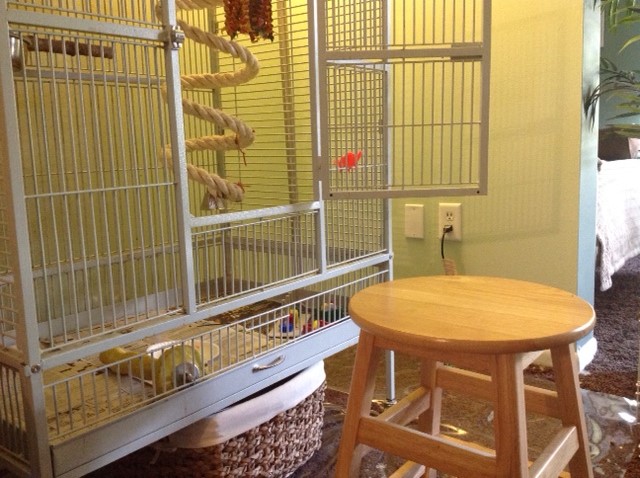
The Ultimate in Flexible Furniture
So I’m just a grandma who retired in 2012 and downsized to a one-bedroom condo. But with eight grand-kids, I knew that I would often need extra seating available, but not big chairs that would take up a lot of space when not in use. As always, I began my search online and ended up at Hertz Furniture. What better idea than sturdy stools that are made to endure the abuse of school children day after day, year after year? I decided to order five of the hardwood stools.
Fast forward two years and we are once again preparing for another Thanksgiving dinner. Along with the regular dining chairs and a couple desk chairs, the five stools complete our seating requirements.
Teaching Current Events in a Turbulent World

 When I was a student, current events was a standard part of the yearly curriculum. Though I remember few creative uses for the day’s newspaper cutouts, it did force us to be somewhat more knowledgeable of local and world events.
When I was a student, current events was a standard part of the yearly curriculum. Though I remember few creative uses for the day’s newspaper cutouts, it did force us to be somewhat more knowledgeable of local and world events.
Then, in the mid-1990’s, the President Bill Clinton and Monica Lewinsky scandal became front page news. Day after day, more and more explicit and sensational details emerged about what went on between them. Newspapers went from being a must in every household to a serious decency problem for people who had children in their homes. I know many people who felt that they could no longer have newspapers laying around for fear that their children would learn all too quickly the details of adulthood.
Drama Free Standardized Testing

 With the drop in academic achievements and the increase in standardized testing, students sliding through their education hopefully have become a thing of the past. Part of the teacher’s (as well as parents) job is now to prepare their children not only in subject matter but also to emotionally withstand the pressures that can come with mandatory state testing.
With the drop in academic achievements and the increase in standardized testing, students sliding through their education hopefully have become a thing of the past. Part of the teacher’s (as well as parents) job is now to prepare their children not only in subject matter but also to emotionally withstand the pressures that can come with mandatory state testing.
There have recently been some interesting findings regarding test taking. The journal Science just published a study showing that tests are not just for assessment but also actually help people learn and retain information. In fact, 50% more information was recalled a week after a test was given on a read passage than with students who engaged in “concept mapping”(arranging information in a diagram).
Holiday Celebrations in Schools

 When I went to school, Halloween, Thanksgiving, Christmas/Hanukah and Valentine’s Day were the predominant school holidays. Most teachers had their standard box-of-goodies to celebrate each of these special calendar days. Not much thought was put into “inclusion”, “diversity” or “offending someone”. Today, we need to be more conscience of how we approach holidays. Our student population, varying cultures, and sensitivities have changed dramatically. One size no longer fits all.
When I went to school, Halloween, Thanksgiving, Christmas/Hanukah and Valentine’s Day were the predominant school holidays. Most teachers had their standard box-of-goodies to celebrate each of these special calendar days. Not much thought was put into “inclusion”, “diversity” or “offending someone”. Today, we need to be more conscience of how we approach holidays. Our student population, varying cultures, and sensitivities have changed dramatically. One size no longer fits all.
Diversity in the Classroom – Part 2
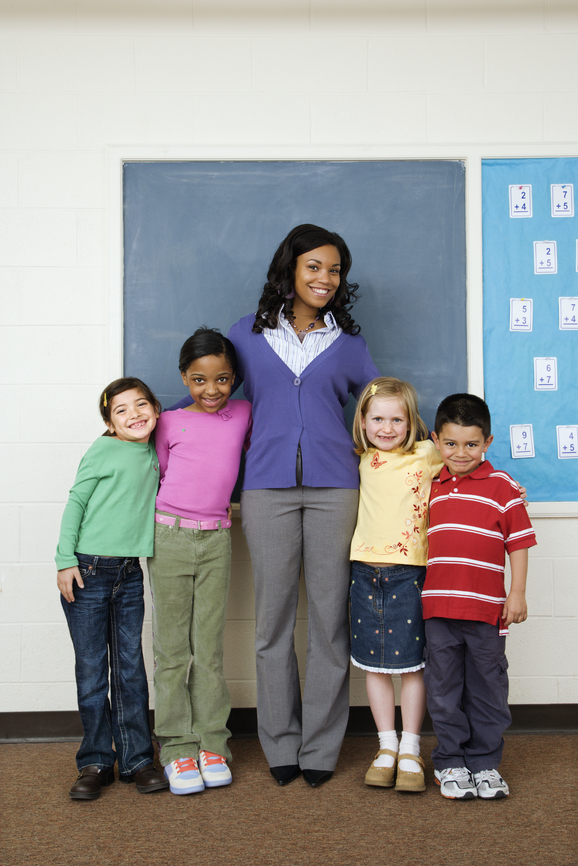
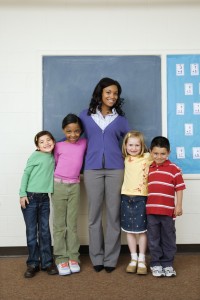 Last week’s blog discussed several aspects which make up diversity in the classroom. In addition, we noted various learning styles and how best to address the needs of all students. This week, we will explore how to create a more respectful and accepting environment which celebrates each person’s uniqueness in this world. The goal is to inspire children to be comfortable around diverse types of people which may otherwise seem foreign and even inferior and to also appreciate that they are part of a greater whole.
Last week’s blog discussed several aspects which make up diversity in the classroom. In addition, we noted various learning styles and how best to address the needs of all students. This week, we will explore how to create a more respectful and accepting environment which celebrates each person’s uniqueness in this world. The goal is to inspire children to be comfortable around diverse types of people which may otherwise seem foreign and even inferior and to also appreciate that they are part of a greater whole.
Diversity in the Classroom – Part I

Teachers are often the first to feel the impact of rising immigration rates within their classrooms. Hispanic and Asian students in American schools have increased by more than 5 million since the 1990’s! As practically every state is now touched by changing populations, it is particularly important for educators to be sensitive to various cultures as well as help students develop an appreciation for all human kind.
It should be noted that there has always been diversity in the classroom. Diversity does not only refer to culture. It can also include different learning styles, various types of disabilities and even sexual orientation. For example, students may have different reading levels, athletic abilities, cultural backgrounds, religious beliefs, etc. However, in this technological age where we are experiencing an increase in public bullying, it has become an even greater objective to have students embrace differences.
Creativity in the Classroom: Bring the Arts Back!

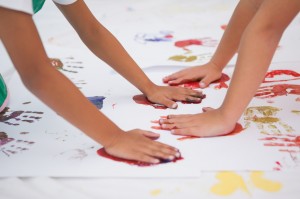 Most teachers and parents instinctively know that children need various modes of expression to fully develop into thriving, well-rounded adults with good self-esteem and a positive outlook on life. So, why have the arts taken a back burner to reading and math in our schools? Where is the creativity in the classroom?
Most teachers and parents instinctively know that children need various modes of expression to fully develop into thriving, well-rounded adults with good self-esteem and a positive outlook on life. So, why have the arts taken a back burner to reading and math in our schools? Where is the creativity in the classroom?
Off hand, testing pressures from core curriculum standards has wrongfully caused educators to think that the arts will diminish the success of our students. Budgetary constraints have also put many of our art, music, drama and dance programs into the “secondary needs” category or even further down the line.



